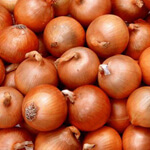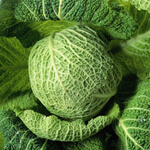
The aromatic and flavorful onion has a long and productive history with mankind. The ancient Indians, Sumerians and Chinese, for instance, valued onions for their ease of growth and hardy constitutions, which made them less perishable (and more transportable) than other vegetables grown at the time. The ancient Egyptians, on the other hand, worshiped onions as symbols of eternity due to their circle-within-a-circle structure. And then there were the ancient Romans, who loved onions for…










